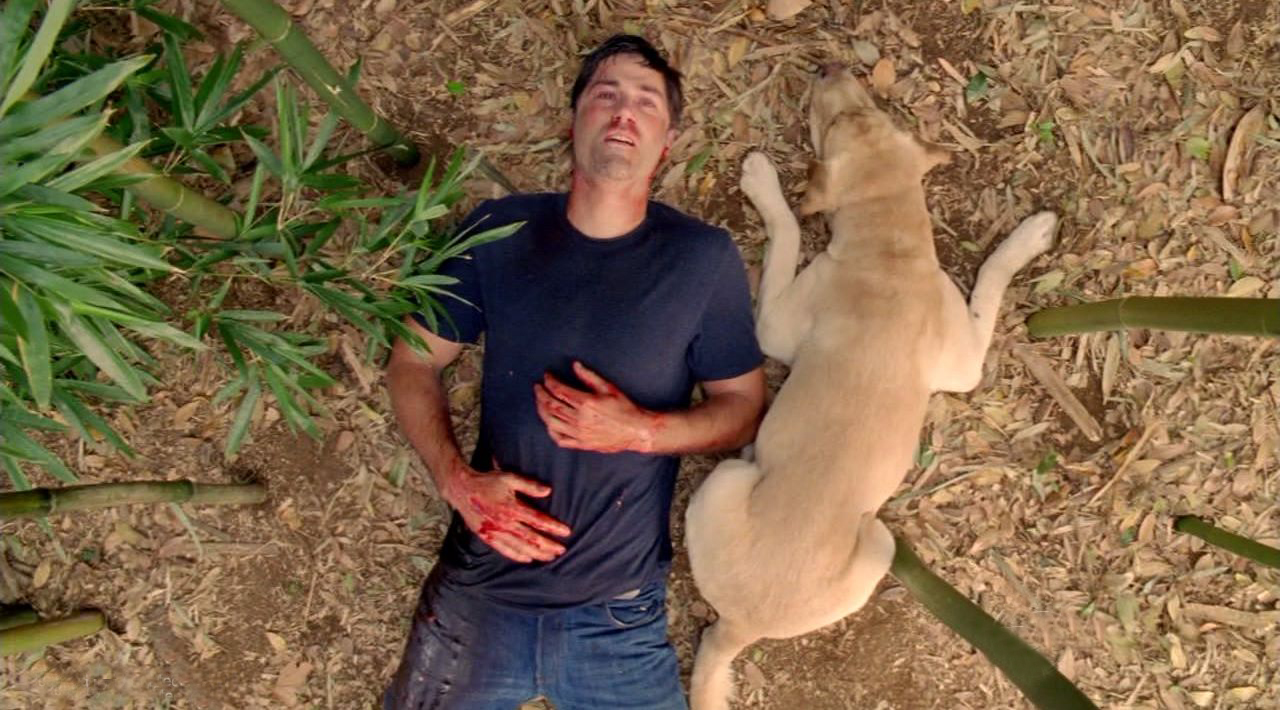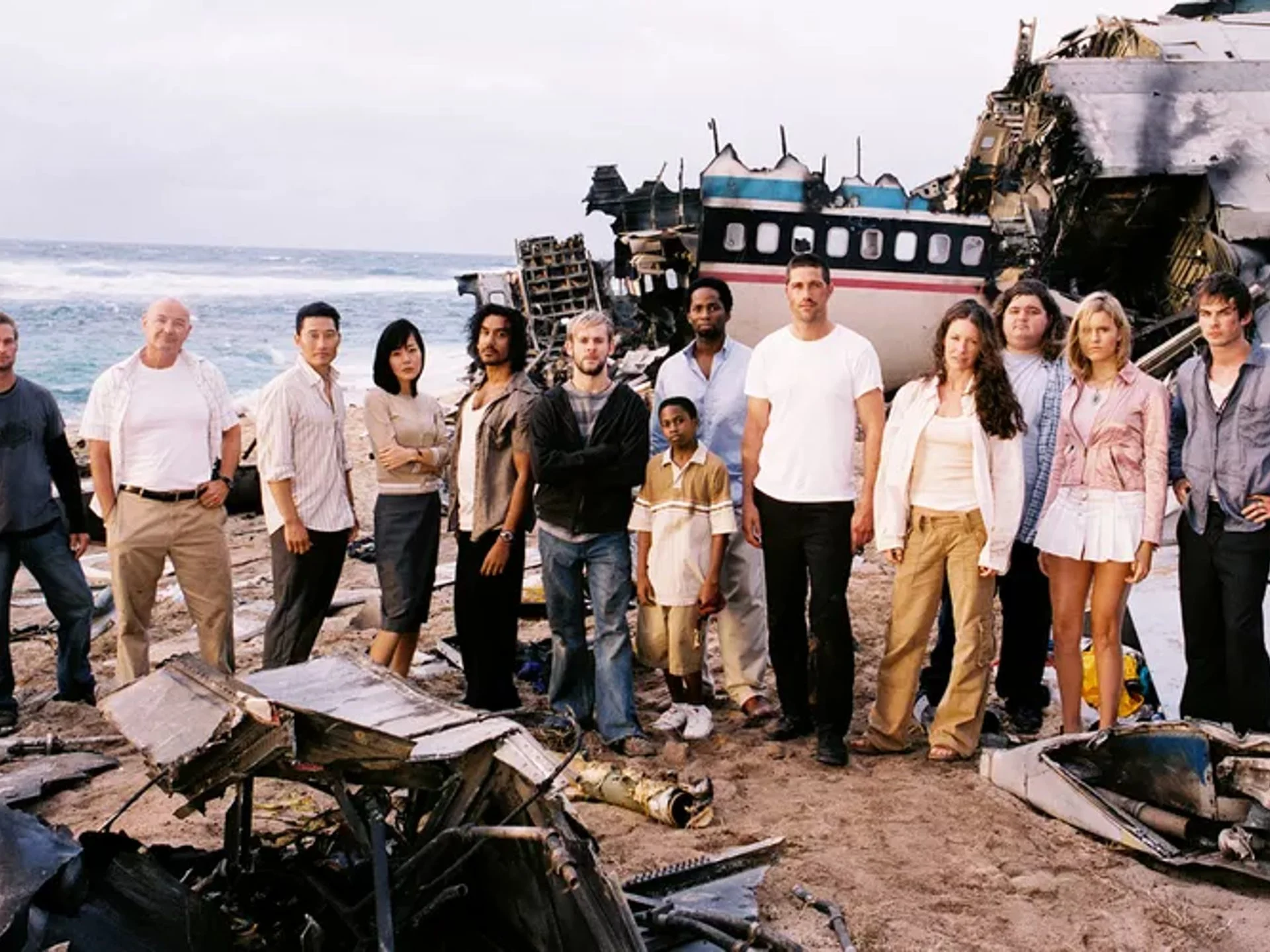Lost remains one of television’s most debated finales. The series, created by Jeffrey Lieber, J.J. Abrams, and Damon Lindelof, premiered in 2004 with the crash of Oceanic Flight 815. While the pilot drew immediate attention, the show evolved into a complex narrative featuring mysteries like the Others, the Dharma Initiative, and time travel. The final episode, “The End,” aired in 2010 and left fans divided, with many confused about the series’ conclusion.
The island itself remains largely unexplained, shrouded in mystical properties. It can heal injuries and manipulate time, serving as a battleground between Jacob, the island’s protector, and the Man in Black, who embodies chaos. Central to the island is the “Heart of the Island,” a glowing cave of energy linked to life, death, and rebirth. Jacob’s role was to safeguard this power, preventing the Man in Black from escaping and unleashing destruction.
Jack’s Sacrifice and Flash Sideways Reveal Island Destinies and Spiritual Afterlife
The finale focuses on the passengers’ destinies as potential island protectors. Jack ultimately assumes Jacob’s role after defeating the Man in Black, who had taken Locke’s form. During the climax, Desmond uncorks the island’s energy source, triggering catastrophic events. Jack sacrifices himself to restore the light and stabilize the island, ensuring its survival, while Hurley reluctantly becomes the new protector with Ben as his advisor.

The final season introduced a parallel “flash sideways” reality, where the plane never crashes. Characters appear to live alternate lives but gradually recall their island experiences. These visions culminate in a spiritual reunion in a church, symbolizing a shared afterlife shaped by the significance of their time on the island. This narrative device caused much of the confusion surrounding the finale.
Characters Reunite in the Afterlife While Island Events Remain Real and Spiritually Significant
In the church, most central characters reunite with their soulmates, including Jack with Kate and Sawyer with Juliet. Some relationships, like Sayid with Shannon instead of Nadia, sparked debate. Not all characters move on immediately; Ben stays behind, hinting at ongoing redemption. Several others, including Mr. Eko, Michael, Walt, and Ana Lucia, are absent, leaving parts of the story open-ended.
Despite early speculation, the events on the island were real. The flash sideways timeline represented a purgatorial space that the characters entered only after death. This distinction clarified that the plane crash survivors experienced genuine events, and the afterlife sequence was a separate, spiritual resolution. ABC reinforced this by airing footage of the wrecked plane, linking the finale to the series’ beginning.
The series concludes with Jack dying on the island, mirroring the pilot’s opening scene. His dog, Vincent, lies beside him, emphasizing continuity and enduring bonds between characters. The closing moment ties Jack’s personal journey to the island’s larger mythology, providing a poignant and circular conclusion to the show’s narrative.



